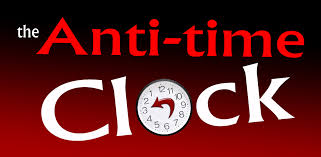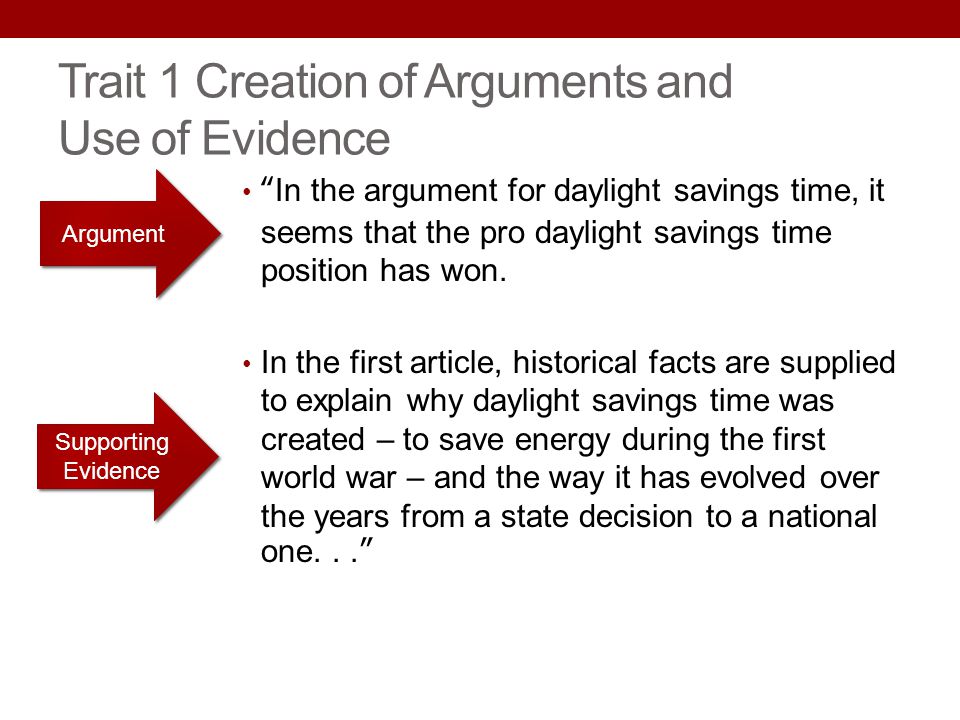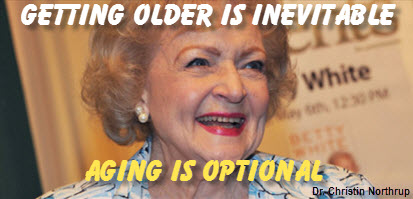Watching movies is a classic American pastime, and it’s certainly one I enjoy. Seeing a movie is a chance to experience the “what ifs” of life. In the case of biographical films, it is an opportunity to vicariously relive events as they might have happened — a front-row seat in history. A good movie stirs our emotions, transports us to another time and place, and widens our perspective.
Of course, movies require an investment of our precious moments, so I always appreciate when one comes recommended by someone whose opinion I respect. My favorite movies are those that fill me with hope and enrich my life in some way.
This is what each of the movies I recommend below have done for me. Truthfully, there are so many inspirational movies that it was hard to pick just this handful! From persevering through hardships to fighting for the underdogs to finding strength even in the most dire situations, these inspirational movies carry powerful messages.
1. To Kill a Mockingbird
In this 1962 movie based on the book of the same title, we find ourselves in the small town of Maycomb, Alabama (set in 1932), where a young black man is on trial for rape. Although falsely accused, a guilty verdict is practically assured from the all-white jury. Through the eyes of a small girl named Scout and her principled father, who defends the accused, the weighty issues of prejudice and injustice are laid out before us in thought-provoking detail. “You never know someone until you step inside their skin and walk around a little,” Scout’s dad tells her. These are words to live by.
2. It’s a Wonderful Life
This 1946 classic makes my heart smile every single time I watch it! On the verge of losing his business to the richest man in town, family man George Bailey thinks about ending it all, figuring everyone he loves would be better off without him. As we discover in this fantastical heartwarming look at what-ifs, George couldn’t have been more wrong! In the movie, Bailey says, “All you can take with you is that which you’ve given away.” These words have great meaning to me in my life’s work and service to others.
3. The Razor’s Edge
From Paris to Germany and from Spain to India, post-World War I American Larry Darrel goes on an engaging search for answers to his questions about humanity, God, and the meaning of life, leaving behind all of the social norms of the time. This is a search many of us can relate to. In the movie, Larry says, “If I ever acquire wisdom, I suppose I’ll be wise enough to know what to do with it.” There’s wisdom in these words! There was a remake of this film, but my preference is the 1946 version.
4. Gandhi
When I talk about inspirational reading, I always make it a point to recommend books by or about the masters, saints, and mystics themselves. This 1982 movie fits right in with such recommendations, because here we can really visualize and feel what it must have been like for Gandhi during the 50 years of his life leading up to his assassination. We watch him transform from a straight-laced attorney whose eyes are suddenly opened to prejudice and injustice who will eventually become known to the world as a motivator of peaceful action.
5. Groundhog Day
This 1993 comedy is such a feel-good, whimsical look at what would happen if we were forced to relive one day over and over again. What would we do differently? What would we learn from the experience? Phil Connors — a weatherman who is self-centered and arrogant — finds himself in this very situation in the midst of a snowstorm. Watching his growth throughout the movie is a beautiful lesson in our own process of self-reflection and creating the experiences we want in life.
6. Schindler’s List
“Whoever saves one life saves the world entire.” This Talmud quote, which makes an appearance in this 1993 biographical film, beautifully illustrates the profound meaning behind the actions of German businessman Oskar Schindler, who saved the lives of more than 1,000 of his Jewish employees during the Holocaust. This drama speaks to how deep compassion can be stirred in any man’s soul when he allows himself to see and act against the cruelty and injustice in the world.
7. Forrest Gump
The life of fictional character Forrest Gump takes us on a topsy-turvy trip through the ups and downs of the 60s, 70s, and early 80s. While Forrest comes across as a very simple character, he proves to be a multidimensional man with life lessons galore to share with us throughout this masterful 1994 film. In the movie, he says, “My momma always said, ‘Life was like a box of chocolates. You never know what you’re gonna get.’” To me, that’s about letting go of expectations and embracing whatever comes our way. That’s certainly what Forrest does — and brilliantly so!
8. The Blind Side
Admittedly, I am a football fan, so a feel-good movie with this all-American sport as its backdrop satisfies me on many levels! Partially based on a true story, a semi-homeless teenager, Michael Oher, finds a loving, supportive home with an upper-class family. Living in this new environment, the teen faces a completely different set of challenges. And as the family helps Michael fulfill his potential, both on and off the football field, his presence in their lives leads them to some insightful self-discoveries. This 2009 movie crosses racial barriers and brings you straight to the heart. It beautifully captures the essence of unity, togetherness, and family.
9. The Pursuit of Happyness
Inspired by a true story, this 2006 film speaks to us of overcoming hardships, the rewards of determination, the unbreakable bond between father and son, and doing whatever is necessary to provide for one’s self and children. The story of Chris Gardner and his small son teaches us through dramatic illustration that material things are not what are important in life. We can share great happiness when we are really there for each other, despite the fact that we may have little in the way of worldly goods.
10. A Beautiful Mind
Winner of numerous awards in 2002, this excellent portrayal of the true life of John Nash, a genius mathematician, gives us an up-close look at the inner and outer struggle one faces when confronted by a mind-alerting disease such as schizophrenia. The clinical aspects are secondary to the courage, love, and determination displayed by each of the characters, and especially Nash, who eventually becomes an honored member of the Princeton community. Nash’s perseverance teaches us that there are beautiful rewards in life when we don’t give up.
11. The Land Before Time
Yes, this 1988 animated film has made my list! Animation brings “life” to the otherwise impossible. How else would we be able to follow Littlefoot, an orphaned dinosaur, and his four young companions as they figure out life in their struggle for survival? This is truly a life-changing, heart-beating, feel-good movie. It examines issues of grief, prejudice, guidance from above, overcoming hardships, and the importance of sticking together — especially when times (and the terrain!) are rough.
12. To Sir With Love
I first saw this 1967 movie as a young girl, and it had such a profound effect on me. Since I was always by the book in school, the teenage students’ defiance of authority portrayed in this movie really shocked me! But what made me feel good about it was how they and their reluctant teacher eventually developed a beautiful and meaningful relationship — one of mutual respect and admiration.
13. The Green Mile
This thought-provoking 1999 film is set in the 1930s and follows the story of a death row corrections officer and an encounter with a seemingly innocent man sentenced to death for the murder of two children. Through a series of miraculous events that are sure to touch your soul — they did mine — this movie reveals that there is often much more than meets the eye. We just need to be able to recognize the miracles beneath the surface.
14. Dead Poets Society
“No matter what anybody tells you, words and ideas can change the world,” says John Keating in this 1989 film about an English teacher who has a profound impact on a group of students through the study of poetry. And I agree! This movie drives home the importance of self-reliance, thinking for oneself, standing up for one’s beliefs, and of course seizing the day — lessons for life no matter who you are.
Years past, going to a movie theater was the only way we could experience these cinematic masterpieces. These days, we can watch movies from our very own couch. How grateful I am for our modern conveniences! So get comfortable, relax, and hit play to be transported to a thought-provoking world that will leave you with a good feeling and warm your heart.
Please share with me some of your favorite inspirational movies for my “to-watch” list. What films touch you deeply?



















 ters of the 3rd Kind’ at classic Orinda Theater (Orinda, CA) with Richard Dreyfus and seeing Allen J Hynek’s short cameo led me to see what Art Bell’s doing and was pleasantly surprised to learn of his big return to radio July 20 – on his terms this time, which should be great! … spread the word !
ters of the 3rd Kind’ at classic Orinda Theater (Orinda, CA) with Richard Dreyfus and seeing Allen J Hynek’s short cameo led me to see what Art Bell’s doing and was pleasantly surprised to learn of his big return to radio July 20 – on his terms this time, which should be great! … spread the word !

























